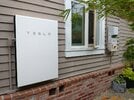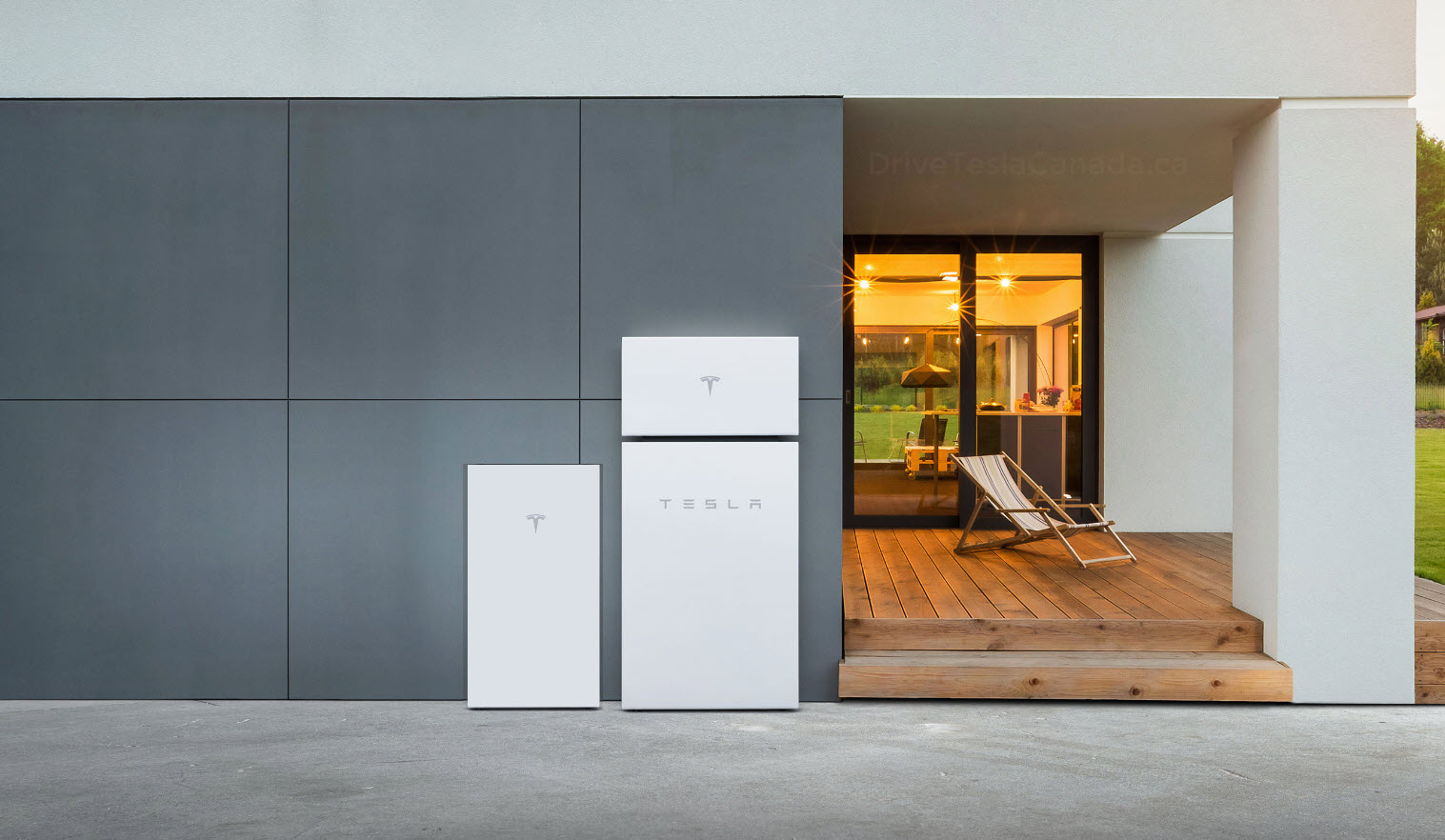(Moderator note)
This thread contains both pre release speculation, as well as confirmation of the first install reported by a TMC member. To Jump to the beginning of the "confirmed install" discussion, I suggest jumping to the following post in this thread (post #146), and reading from there:

 teslamotorsclub.com
teslamotorsclub.com
=================================================================
There has been speculation about Powerwall 3 for a long time but the discussion seems to be gaining some momentum as shown in the article below.
As the facts emerge it will be interesting to learn some of these details.

 electrek.co
electrek.co
This thread contains both pre release speculation, as well as confirmation of the first install reported by a TMC member. To Jump to the beginning of the "confirmed install" discussion, I suggest jumping to the following post in this thread (post #146), and reading from there:
Discussion: Powerwall 3 [Speculation / Discussion etc]
So it seems as though Powerwall 3 might actually be imminent at this point...likely coinciding with the $500 Powerwall rebate expiration on 10/31. My application to township was submitted last week, for two PW2s. Any word on cost difference between PW2 and PW3? Is storage capacity...
=================================================================
There has been speculation about Powerwall 3 for a long time but the discussion seems to be gaining some momentum as shown in the article below.
As the facts emerge it will be interesting to learn some of these details.
- Release date (and actual general availability)
- Pricing
- Capacity (and other specs)
- Battery chemistry
- Can it be added to PW2 systems (say add 2 PW3s to an existing 2 PW2 system)
- Is the physical size the same so it can be stacked with PW2
- Inverter (rumors say the inverter will be internal as opposed to the external module on a PW+)
- Will PW2 still be available or will the PW3 replace it

Exclusive: Tesla is about to launch Powerwall 3
Tesla is preparing to launch Powerwall 3, the third generation of its home battery pack, according to information obtained by...
 electrek.co
electrek.co
Attachments
Last edited by a moderator:






